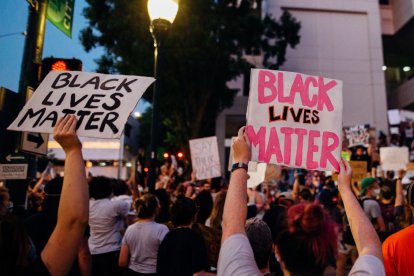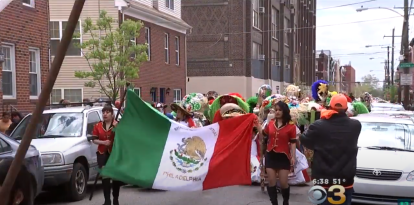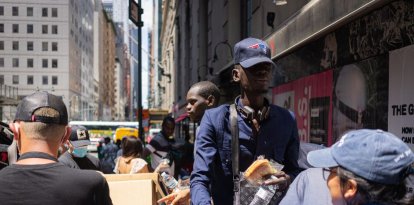The BLM effect: underfunded police and rampant crime
Over a five-year period, "reported murders increased by roughly 11.5%," representing a rise of more than 3,000 homicides, while arrests for property crimes decreased by 12%.

(Pexels)
A recent study by Science Direct revealed that, following the public disorder and protests carried out by radical Black Lives Matter (BLM) activists, there was an increase in the number of murders in the country.
The analysis revealed that in a five-year period (2015-2020), "reported murders increased by roughly 11.5%," with more than 3,000 additional homicides, while arrests for property crimes decreased by 12%.
One of the reasons that explains this phenomenon is that the police have become "less proactive" and that their morale "suffered" due to the negative public opinion following the death of George Floyd, which also hampered their work, since they were afraid of criticism or demands.
Study author Travis Campbell stated:
Low police morale and 'defund the police'
The study noted that BLM protests held after Floyd's death led to "decline in favorability towards the police" and "increased support for police reform," especially in areas led by progressive officials. This in turn caused police morale to plummet and resulted in "a 279% increase in voluntary resignations among police officers."
The defunding of police departments was also one of the negative effects of the protests. Taking resources away from law enforcement only generated more crime. Some of the cities that applied these policies and suffered the consequences were New York and San Francisco. In both cities, there was a serious increase in crime.
After the BLM riots, there was also an increase in the number of police officers who were brutally attacked. According to the FBI, at least one officer was killed every six days on average in 2022, making it the third most dangerous year for police in two decades.
A study based on two events
The study collected its data by analyzing two events related to BLM: the protests that arose from the death of Michael Brown (2014-2015) and those that took place after the death of George Floyd (2020-2021).
The analysis studied how a change was generated in citizens' attitudes towards police in those years, and also showed as a consequence that "combined effect of police pullback and the widespread adoption of body cameras ... led to a 10% to 15% reduction in lethal force between the end of 2014 and 2019."
RECOMMENDATION





















